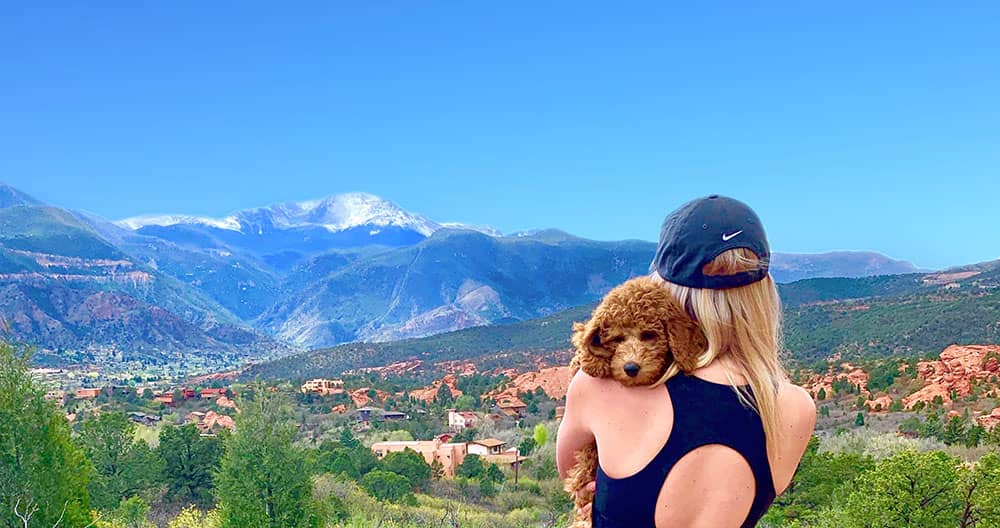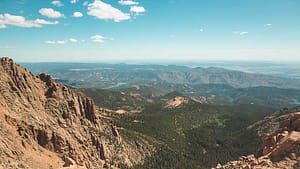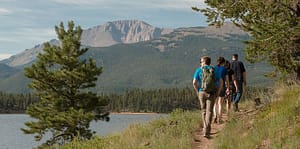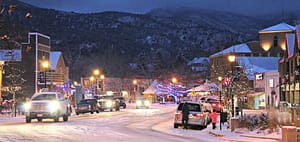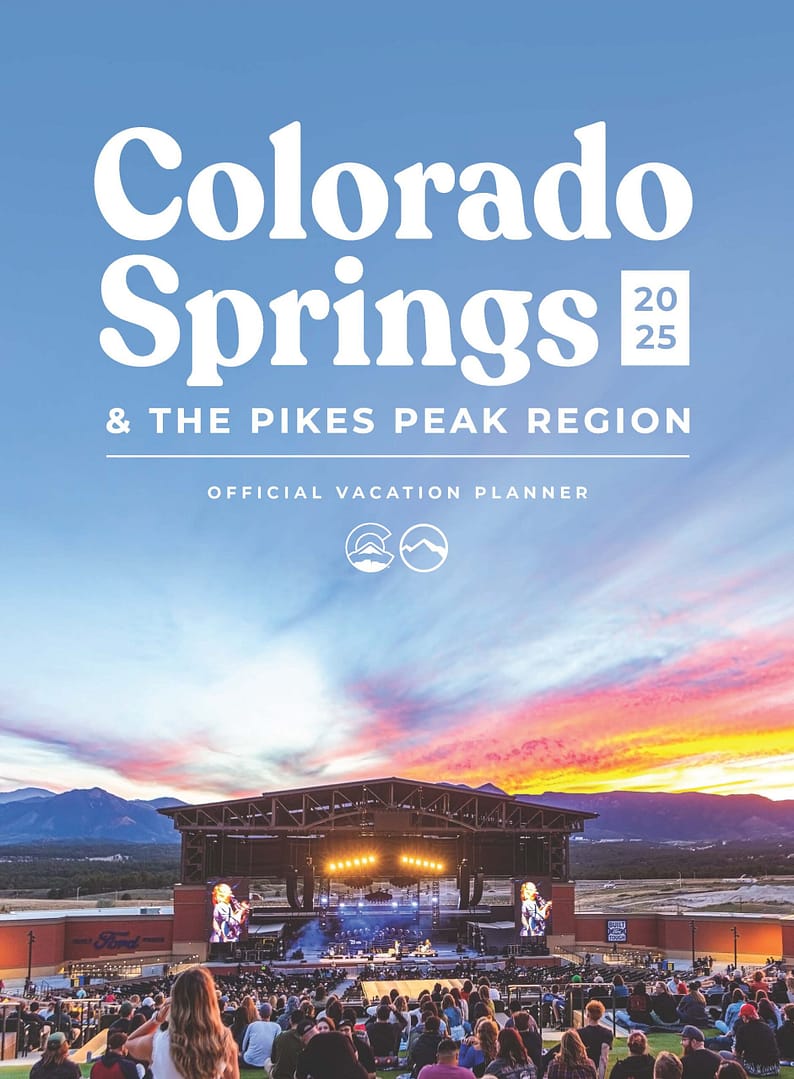Tips to Get the Most Out of Your Vacation
Thriving at Altitude: Basic Colorado Springs Vacation Tips
Yes, it can be intimidating to visit a state that is as much as 14,000 feet above your own. And you might hear a bunch of stories about what can happen at altitude. Pep talk, soldier! You’re not going to be one of those stories because you are going to follow these practical tips!
Drink Water:
First, this is a good tip for any vacation in any climate. Everyone gets dehydrated during travel, it’s a common strain on these beautiful bodies we all call home. In Colorado, it’s particularly important because despite our afternoon rains, plentiful lakes and flowing rivers, our climate is more akin to a desert than anything else. It’s just a deceptively green one. Bring a water bottle everywhere you go so you can refill often. And you should be refilling it often, especially during activity and especially on hot days. Minimize your booze intake, too. Alcohol is not hydrating, so as you visit our plentiful breweries, wineries and distilleries (yeah, everything is just more awesome here), drink in moderation and match your alcoholic drinks with lots of water. You can fill up right out of the tap. Our local water comes from mountain snow smelt, it doesn’t get much better than that!
If you plan to hike, bring a much larger water source, like a water backpack and carry some purification tablets. People do get lost or make mistakes in determining how much water to bring. Purification tablets are your secret weapon for any scenario. DO NOT just take a drink from a river or lake. We may have some of the clearest, cleanest water you will see in your life, but, like all bodies of water, microscopic bacteria and organisms are still present and they can make you one unhappy camper. The bathroom is not where anyone wants to spend their vacation. Place a few large jugs of water in the trunk of the car and use those to refill your bottles as you travel about. Don’t forget to recycle them before you head home!
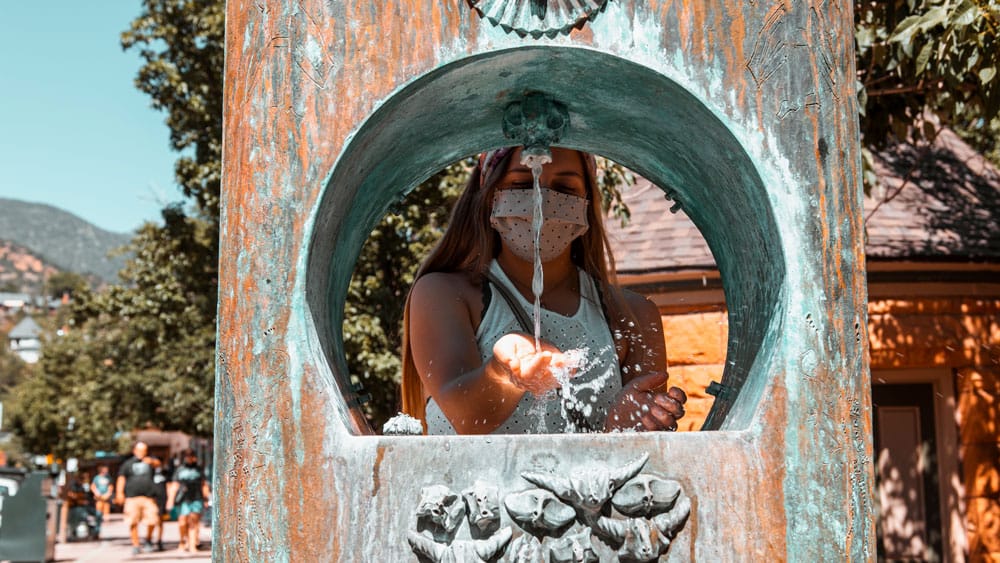
Sun Protection:
It’s not a silly tale to say that you burn faster and more severely up in the mountains. Everyone should wear sunscreen to protect themselves from the harsh rays. You should also wear a hat, unless you like that weird burn line on your scalp that makes it hurt to brush your hair as it simultaneously turns to suspicious-looking flakes on your shoulders. Hats have the added benefit of shading your eyes and minimizing the sun on your face. If you’re so inclined, the fisherman-style hats will give your neck a break as well. Re-apply the sunscreen as indicated on the bottle for as long as you remain outside. If hiking or camping, bring it in your backpack or you will be quite sad, and red, after it wears off.
You can also don a lightweight, long-sleeved tech fabric t-shirt if you hate sunscreen, but make sure it has an SPF rating AND you still can’t forget to protect your face and neck and any other exposed parts. In fact, while we’re talking long sleeves, bring layers. It can be cold at higher altitudes and even snow on the mountaintops, just ask Pikes Peak! You’ll be thankful we told you this when you have a cozy jacket in July in Cripple Creek and everyone else is freezing in their shorts and tank tops. Remember, too, that the ground can reflect sunlight and give you a sunburn even under canopies or the aforementioned hat. So, to summarize, sunscreen. (Please note that your trusty locals have violated all of the above sunscreen requirements at some point and are now trying to spare you from the embarrassing, painful, bright red, peeling pain they experienced in their stubborn ignorance.)
Be Altitude Savvy:
There’s so much to see and do here that it’s tempting to hit the ground running. But perhaps it would be better to hit the ground jogging, or maybe at a brisk walking pace. Maybe even mosey. The air is thinner up here and that makes it easy to get winded and tire quickly. Altitude sickness is one of the few downers you might discover on your vacation here in the Pikes Peak region, but it can be avoided if you take it slow and steady. When ascending several thousand feet quickly, like driving to the summit of Pikes Peak, for instance, take time to acclimate when you’ve reached your destination. Descent can actually be just as tricky, so do the same when you’re back at the Colorado “sea level” of 6,000 feet. Heck, we live here and a trip up and down Pikes Peak still kicks our booties, so sea levelers should take heed.
One of the reasons this altitude tip is last on the tips for thriving is because the first two tips play a big part in how you manage at higher elevation in the first place. Drink a lot of water and be wary of that giant ball of perpetual fusion in the sky and you’ll be on the road to altitude acclimation in no time. And it bears repeating to be careful with your alcohol intake! If you get too tipsy on all those tasty local brews, it’s going to be hard to remember to drink water, wear sunscreen and not go careening around the mountains when you’re a whopping 7,000 feet above your day-to-day elevation. Drink alcohol responsibly and don’t forget to drink water! (Chorus: Yes mom!)
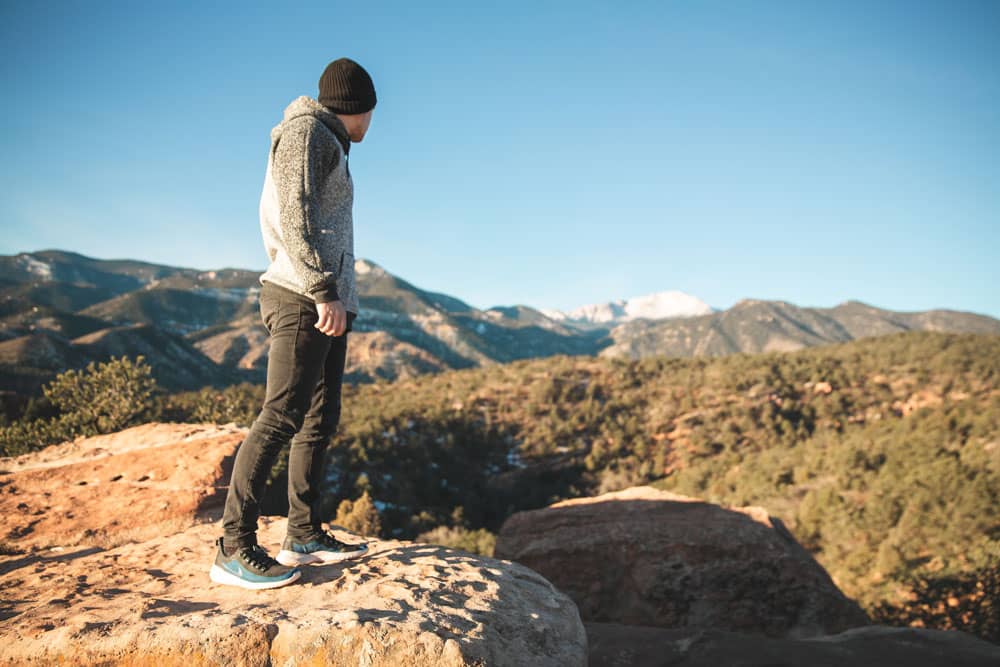
Become a Mountain Steward
Everyone loves our pristine mountains, but it’s hard to keep them that way. Trash and other waste accumulate rapidly when lots of people like to visit (this includes locals, too). Consider Mount Everest, for example, which has actual metric tons of human waste (yes, that kind of waste), not to mention trash, broken equipment and other more upsetting things on its surface. Colorado Springs endeavors to avoid the Everest trap by encouraging our visitors to follow the old scout motto: “Leave it better than you found it.” Being a good mountain steward also means protecting our forests from fire and protecting our wildlife from human interference. Check out these tips for eco-friendly mountain fun.
Fire Safety is Paramount:
Our state is in and out of drought conditions — mostly in. That makes our living forest a veritable tinder box when fires occur, as the internal moisture of our trees is very low. Fire is devastating to our region and the chance of urban conflagration — fire burning into our city — is huge. So:
- Observe all fire bans: If it says no campfires, no grill fires, etc., DO NOT burn. Those rules aren’t overly cautious, they are developed by people who know what they are talking about to keep everyone safe. You can have fun without fire, we promise.
- Keep cigarettes to yourself: Tossing a cigarette from your car or onto a trail is already littering, but in the summer, it’s also a great way to start a fire (boo). Out on the eastern plains, a single cigarette can burn hundreds of acres and endanger homes and livestock. Imagine, now, what it can do in a forest. Build a butt-can from a one-third-full water bottle with a lid and you’ll be an efficient, stewardly smoker.
- Practice commonsense fire safety: If you do build a legal campfire, do not leave it unattended. Same with your grills and any other type of fire. Put your campfires out thoroughly, with water, no matter how inconvenient that makes it to re-start the next time. Don’t leave your car running in dry areas with lots of fuel like grass or wood chips. The exhaust pipe can start a catastrophic fire. In short, if you think it can cause a fire, assume it will and take precautions. Better to be the person who looked too cautious than the person in the newspaper blamed for contributing to a disaster!
Leave the Wildlife … Wild:
Like any other place, we have our fair share of critters, some dangerous, some neutral, all adorable. It’s important to do your part and let them be and keep an eye out for them when you’re roaming the hills.
- Do not feed the animals: Sure, it’s cute to have a squirrel take a chip from your hands, but that can create a variety of problems for both the human and the squirrel. Like the passing of diseases if the squirrel gets squirrely, or the euthanizing of that squirrel if it becomes a pint-sized menace to society. This also applies to deer, and certainly to bears. Speaking of which, secure your food when camping and hiking and use the bear-safe trashcans at campsites and picnic areas. Never leave food in your car overnight. Why? Google “bear breaks into car.” That’s why.
- Be cautious during encounters: If you come upon a bear or a mountain lion, don’t panic and run. You’re going to have a bad time. For bears, check out the tips at bearsmart.com. They love bears and want to protect them by teaching humans how to disengage safely. Colorado Parks and Wildlife offers tips for mountain lion encounters here. We can’t help you with the squirrels, you should have left them alone like we told you.
- Be aware: Colorado is home to lots of wild animals, so the best way to avoid negative encounters is to watch your surroundings. Don’t just run kicking into the grass or sprawling onto hot rocks on a hot day — you might meet a rattlesnake. Observe areas around the trail for bears and mountain lions so you can move off long before an encounter occurs. If you find a cave, make sure it’s not occupied before entering. And please, for the love of human survival, don’t get closer to capture that perfect Instagram photo. Do you want to end up on a blog about crazy tourists? Because that’s a one-way ticket. In short, pay attention, make good choices and everyone will come out fine.
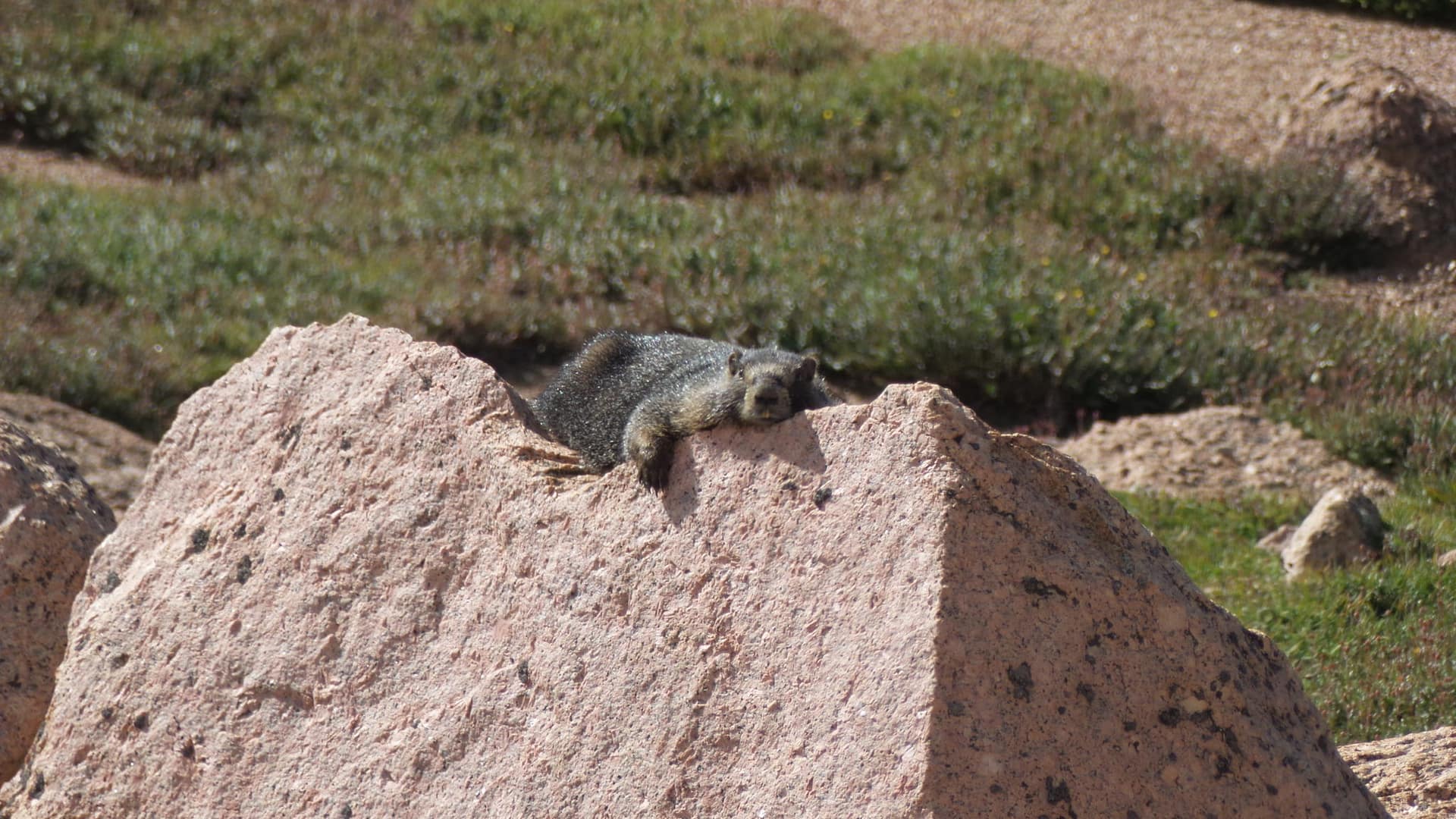
Pack It Up, Pack It Out
It may sound like a House of Pain lyric, but this motto is critical to keeping our forests clean and healthy. Trash isn’t just unsightly, it adds up and can overtake an area. Think about it. One candy wrapper doesn’t seem like much. But imagine if even one third of our hikers left one wrapper behind each trip. That’s a lot of trash!
- Pack out your waste — all of it: When you’re out hiking, camping, fishing or hunting, bring along ways to bring back your refuse. Yes, even human waste. Everything you leave behind ends up in the water cycle, so this last one is particularly important. Remember, it’s not just a one-time thing because everything you do adds up when thousands of other folks also think it’s “just this once.”
- Clean up after pets: Your pupper’s waste can’t be left behind and cause the same troubles that human waste can. Many times, when out hiking, we’ve seen that someone has studiously cleaned up after their pet … only to leave the bag of waste on the trail. That’s twice the littering. Sure, it’s not fun to pack these things out, but it’s not fun for nature to deal with them either.
- Leave it better than you found it: Now, you certainly are not obligated to collect the garbage and waste bags of others, but if you do, you’re an awesome mountain steward. Remember Everest? One way the mountain is getting cleaner every season is that climbers are required to bring trash back with them as they descend. You’re not required but snagging the occasional dog bag or empty water bottle and placing it in your own pack-out bag makes a HUGE difference. It’s the reverse of the candy wrapper story. If you collect a bit and the next hiker does, too, it will add up and we’ll all continue to enjoy the Rockies as they were intended: clean and pristine. And while you’re doing it, snap a photo in true 2000 fashion and share it with the hashtag #trashtag. It’s the best trend that ever happened to Mother Nature.
Have FUN!
We know these tips might seem like a lot to take in, but we can assure you that these actions require only the most minor of efforts — truly. It’s a little preparation here, a little prevention there, and suddenly you’re having the time of your life on your Colorado Springs vacation, sans sunburn, altitude sickness, trashy hillsides and dirty water. We are so happy you have chosen a place we love so dearly for your visit and we’re pretty impressed with your good taste. We hope these tips will make what stands to be the best vacation you’ll ever take (until your next visit to Colorado) even better.
Check out our “What to Pack Colorado Springs” blog for even more helpful information for your trip!
